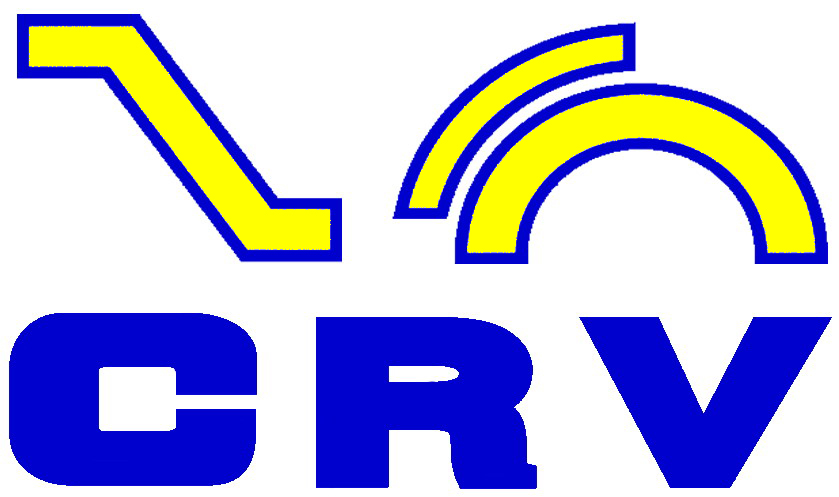
Tài liệu huấn luyện công cụ
Pareto Chart
What: The Pareto Chart is a type of bar chart that shows the proportion of the parts relative to the whole
When: Pareto Charts are usually used in Step 2 to stratify the topic into its component parts. Also used in Step 5 when revisiting Step 2 and sometimes used in Step 3 as part of validating root causes.
1) Determine the number of data points (number of injuries is 120)
2) Determine the number of injuries in each category (hand injuries = 72, back injuries = 25, etc.)
3) Draw the U, i.e. two vertical axes and one horizontal axis.
4) Determine the number of Pareto bars or categories you will depict (4 + other = 5) and subdivide the horizontal axis into that many equal pieces.
5) Scale the left vertical axis to accommodate the total number of data points (120) in convenient units of measure, usually multiples of 5 (15).
6) Scale the right hand axis as percentages by making 100% horizontally across from the number of data points (120).
7) Scale the percentage axis by putting a horizontal fold in the graph paper where the horizontal line (the bottom) of the "U" overlays the 100% mark. the fold will be 50%. Repeat this for 25% and 75% marks.
8) In the first horizontal space, create a bar as high as its number of data points for the largest category and label it (72 for hands).
9) Repeat this for each category in descending order with the "Other" category always the farthest right bar. No single category contained in "Other" can have more data points than the specific category to the immediate left of "Other".
10) For any given bar, plot the cumulative percent line by moving vertically upward from the upper right hand corner of the bar until you are horizontally across from the appropriate percent. The appropriate percent is calculated by adding the current bar data points to all previous bar's data points and dividing by the grand total data points for all bars and multiply by 100. (For eye injuries, add 14 + 25 + 72 =111, divide 111 by 120 to get .925, multiply .925 times 100 to get 92%, rounded).
11) Look for a Pareto pattern, where the first bar is about twice as tall as the second. (80% of the topic is driven by only 20% of the components.) If no Pareto pattern is found, use another perspective or set of categories and construct another Pareto (stratify by injured person's years of service, or by operating area, or by time of day).
12) In some cases a second order Pareto may be helpful. This technique takes the first bar of the Pareto and creates a new Pareto of just that data in new categories (hand injuries, N = 72, stratified by time of day the hand injuries occurred).



























